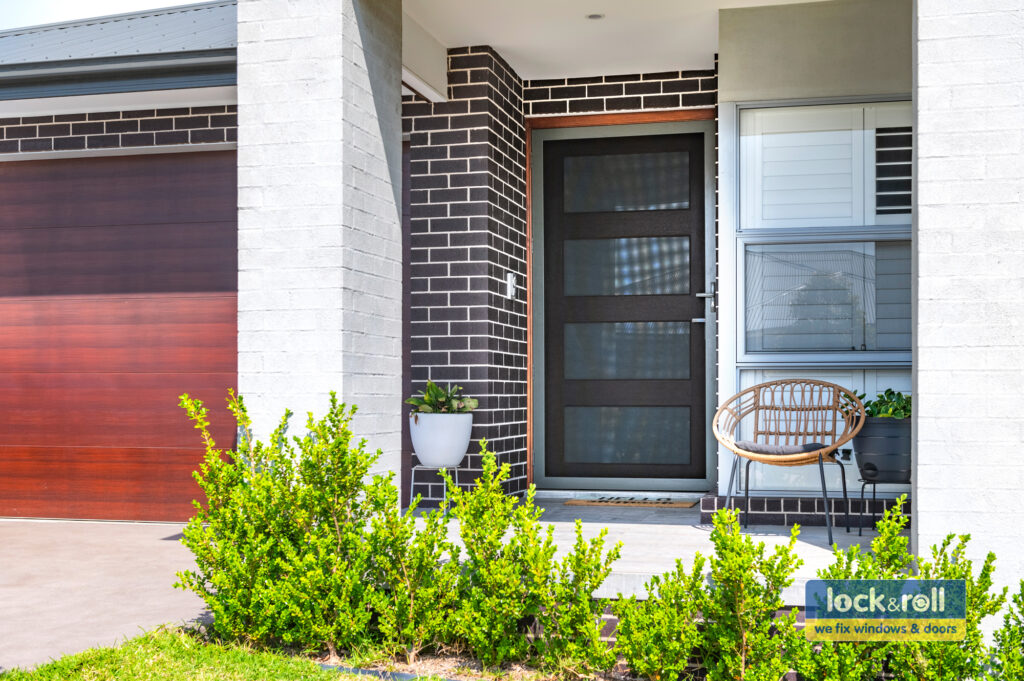One of the most annoying common problems in the house is a door that won’t close properly, but fortunately, Lock and Roll’s experts are at your service to fix any door or window issues you could possibly ever have!
Wooden doors can at times have trouble closing – there’s no one easy fix – all doors face different problems, depending on their construction, local conditions and many other factors.
Here we delve into the different issues that are out there, and how Lock and Roll can help you get out of a sticking situation!
Wooden Doors
Because wooden doors are designed to fit snugly within a given frame, with tight tolerances to ensure that there are no excessive draughts, small cases of swelling, warping or changing of shape can have a major bearing on the functionality of the door.
Doors can swell against the floor, a part of the frame, or even the ceiling.
The biggest issue that can cause problems for doors, especially externally facing doors, is the presence of moisture.
Temperature also can play a part – warmth can cause the wood to expand, meaning doors can become hard to close.
Shifts in temperature can be caused by the ambient change in line with the seasons, or because of a heater, or other heat source situated near the door.
A lack of ventilation may also be an issue – if particularly humid air cannot circulate in a room in the warmer months.
Wood, by its very nature can expand and contract when it is exposed to the above elements, and with more exposure, the chances diminish that the door will return to its original shape.
Professional Door Experts
Fixing a warped internal or external door is not necessarily an easy task – fortunately the experts at Lock and Roll know what to look for, and are able to assess and fix even the toughest jobs.
They not only identify where the issue lies, but also advise on what the best remedy available is – which is dependent on the type, size and location of the issue.
In cases where the warping isn’t excessive, it may simply be a case of sanding back the trouble area, to ensure adequate clearance allowing for the door to close without catching on the frame or the floor.
Depending on the location of the issue, the door may need to be removed from its hinges for the remediation work.
The clean-up of saw dust can also be a problem associated with these works, especially if the door is located on a carpeted area.
If sanding the affected area is the best course of action, the repairs should also be treated with a protective coating, to limit the chances of future warping.
While a visual inspection may disclose the portion of the door which is rubbing, expert attention must be paid to only removing the portion of the door which has warped; doing away with too much wood may make the door too small for its frame, causing a further issue with draughts, or mean that the door will not close as intended.
Another rectification method can be the addition of extra hinges, as directed by an expert, with the additional contact points with the frame holding the wood tight.
While on hinges, old or unoiled hinges can make a door difficult to open and close, these can be replaced or be serviced depending on the individual situation.
Hinge screws may need to be tightened, or if the screw holes are worn, the hinges moved up or down the frame to ensure secure fastening.
A loose hinge may very easily cause the door to catch on the floor or ceiling.
Another issue could revolve around a misalignment of the latch and the strike plate, which can have a fix on either the top or the bottom hinge, or by enlarging the hole in the metal strike plate.
A further remedy at this end would be the relocation of the strike plate, possibly in combination with the enlargement of the strike plate mortice, which involves chiselling out a larger cavity, filling the left over hole, reattaching the strike plate, and re-finishing the repairs with the same paint colour as the rest of the door frame.
In extreme cases, the door may be too badly warped to be repaired, with Lock and Roll able to advise you of a suitable replacement door.
Alternatively, there may be underlying issues at play, for instance shifts or movements within the building as a whole which can cause door closing problems, with issues stemming from poor original construction or shifting foundations.
These larger issues can be diagnosed by your Lock and Roll expert.




















